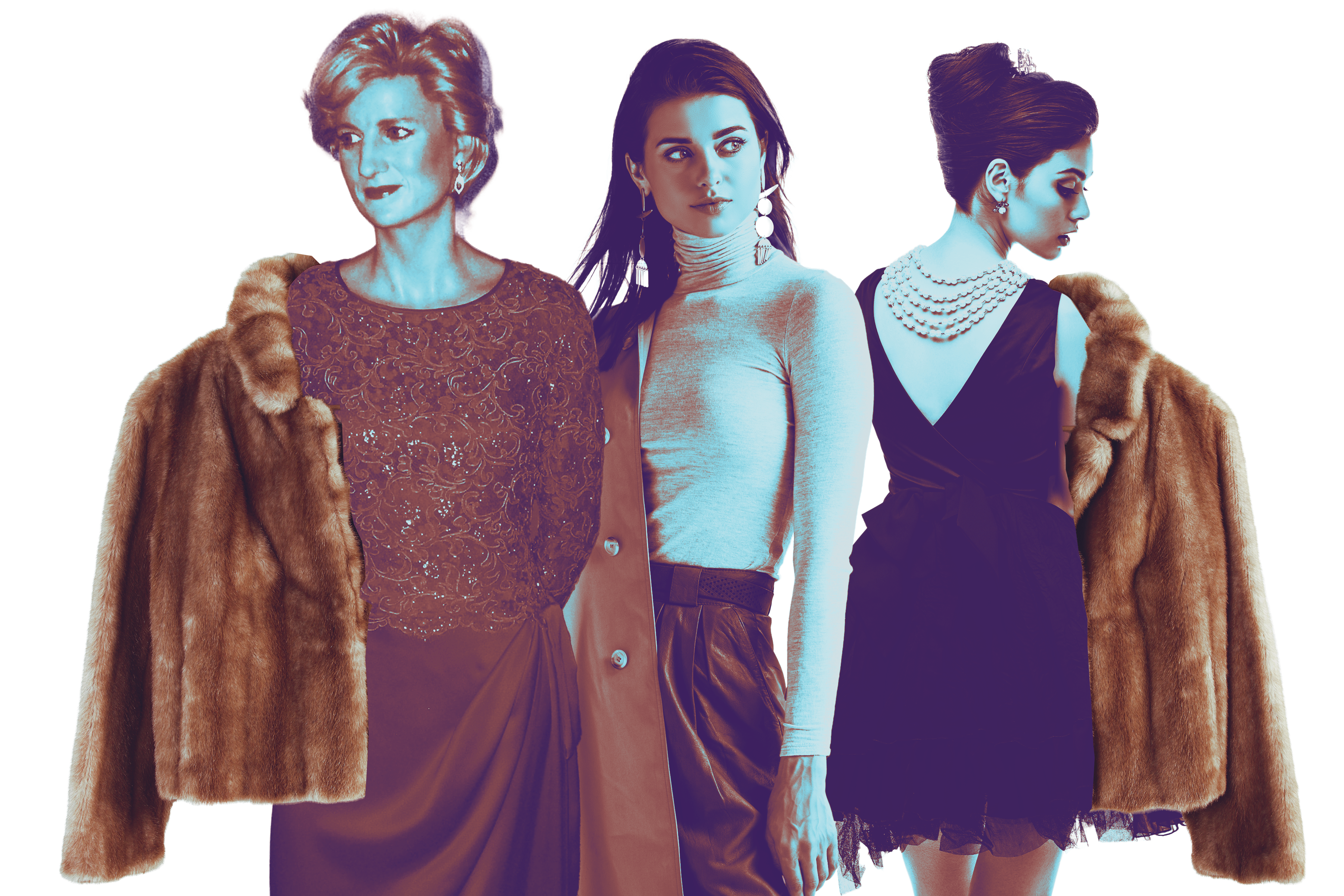My personal favourite female figures and characters to draw inspiration from.
As someone who doesn’t follow trends, it floors me how quick the shift is from lifestyle aesthetics such as “clean girl” with the ice rollers and five-minute Journals, to “mob wife” characterised by loud prints and oversized sunglasses.
In this world of ever-changing aesthetics, people are constantly changing their fashion, dispositions, attitudes, and lifestyles to fit into a short-lived trend. By the time the average trend-follower reinvents themselves, the social media world has moved onto the next big idea, which leads to time and money getting wasted.
It makes more sense to pick a couple key, inspirational people to use as a blueprint to stick to, rather than being a version of a trend you might not have understood in the first place. Trends tend to become a lifestyle, not just a fashion ideal—do not adapt to them when you know deep down that a particular lifestyle or fashion sense isn’t truly you.
That being said, here are my favourite female icons to draw inspiration from. Whether through fashion, attitude, or mannerism, it has truly been a journey to cultivate my blueprint from these women.
Starting off strong with the beautiful Audrey Hepburn. With her timeless class, style, and charismatic disposition, her looks have always been chic and elegant—and they are easily achievable. Grab some ballet flats or classic loafers, tailored black pants, a loose white button-down, and if you’re feeling mysterious, a trench coat.
Forever an “It girl,” Lady Diana Spencer’s style became especially sought after in her 1996 post-divorce era. Between her revenge dress, that cute little red sweater with the sheep she wore to a polo match after her engagement, and iconic gym outfits, she was truly a sight to behold. Both she and Audrey kept it quite simple, with basics and a few statement pieces.
Moving along with the classy and well-put-together style, Natasha Richardson’s portrayal of Elizabeth James in the 1998 classic The Parent Trap is an inspiration, and not just as a mother-figure. Though the character opted for more muted neutrals, the way she was styled gave her a certain level of sophistication.
Those few shots of Louise Grant from Gilmore Girls when she isn’t in a Chilton uniform are a goldmine. With the simple graphic tees, go-to Levi’s jeans and miniskirts, the ‘90s style has become perennial—especially looking at Monica and Rachel from Friends. There is something so timeless about a culmination of late ‘90s mixed with the sophisticated classiness of elegantly polished looks. The clothes are always in style and can be matched any which way, which is why they are my personal fashion blueprints.
Especially if you’ve heard of these characters or people, you’ll see that there are valuable attributes in each of them. With each trend, it is easy to become obsessed with the aesthetic that comes with it, but it’s important to keep in mind to not blindly follow it because everyone else is – you are under no obligation to do something because everyone else is! Participate in the trends that feel right for you. I can’t stress enough that your lifestyle, clothing, and aesthetic choices don’t have to be the same as everyone else’s; your own are what make you a unique and interesting individual. Create an idea of who you want to be, and start there—it’ll up your confidence and save you from over-consumption.
